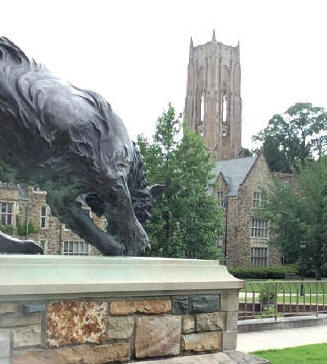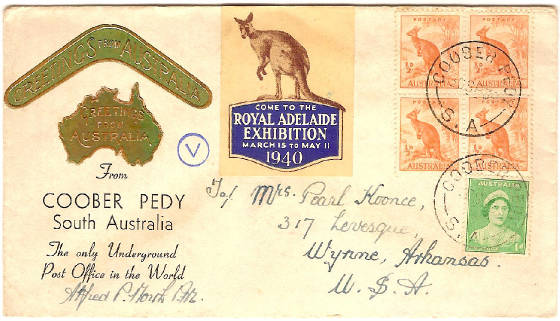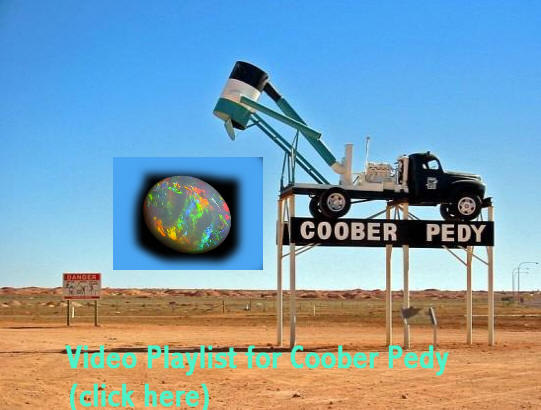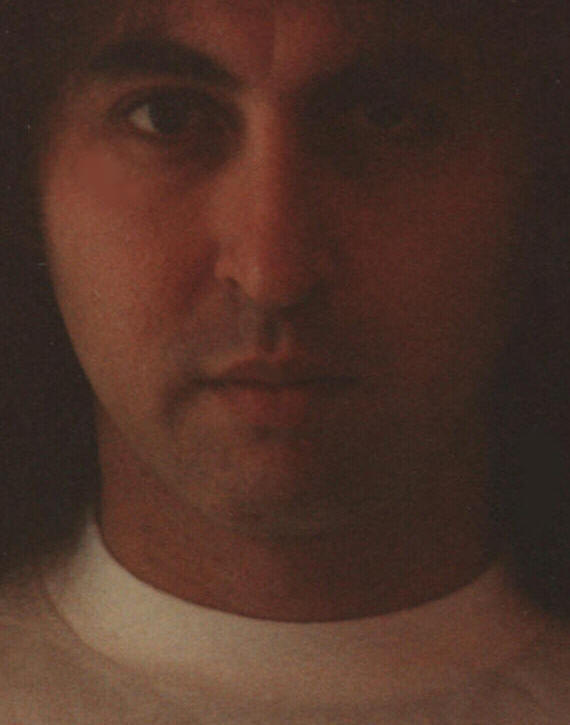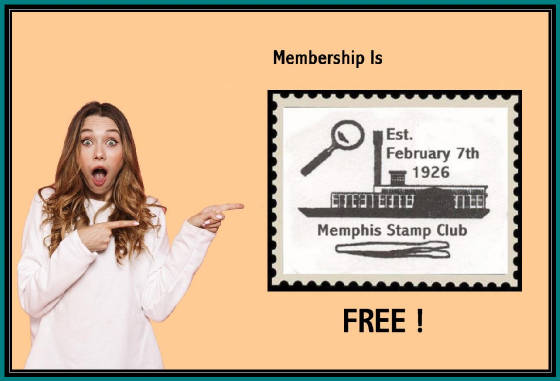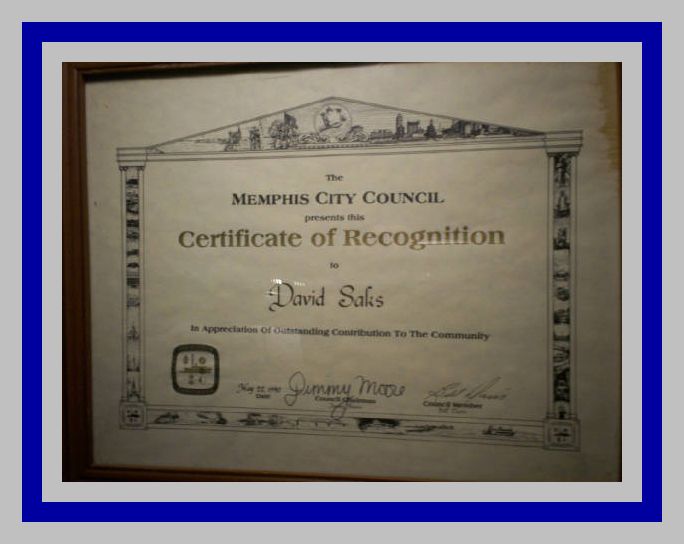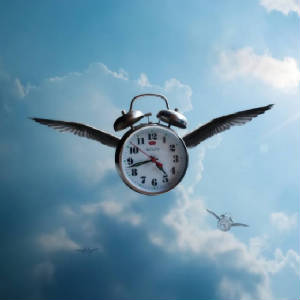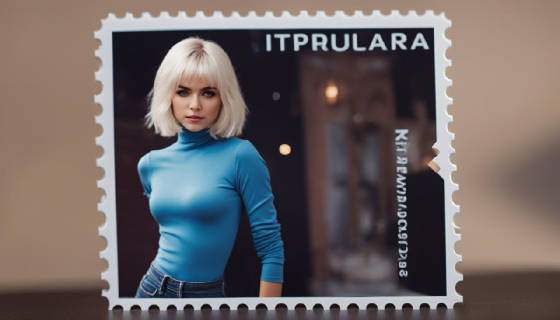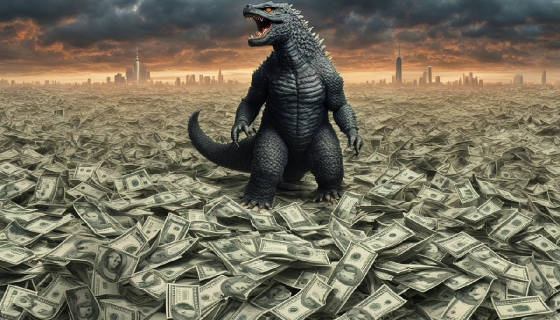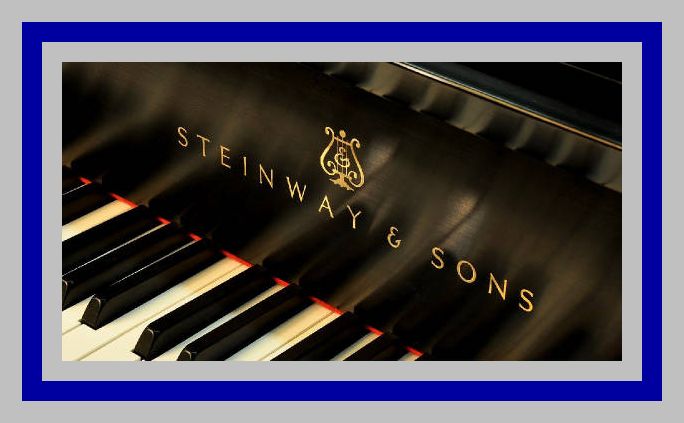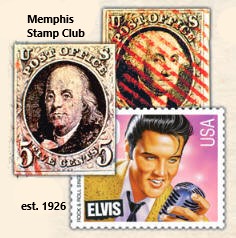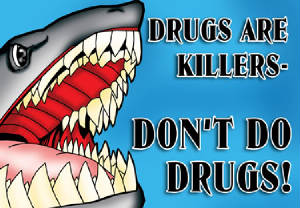A Q&A with David Saks
For Release: March 6, 2019 Originally posted at the University
of Memphis https://www.memphis.edu/wumr/features/feature_qandawithsaks.php
For more information, visit: David Saks's Profile
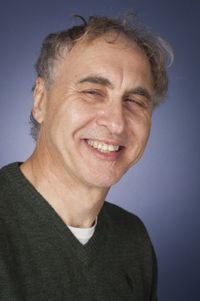 What years did you attend the U of M?
What years did you attend the U of M?
I began as a volunteer at The University of Memphis' (former known
as Memphis State University) campus radio station, WTGR (TGR for Tiger Radio) in 1969 just prior to
the beginning of my senior year in high school.
My first classes at Memphis State University
were in the summer of 1970. I was a music major.
My elected minor was psychology and I
worked as an assistant in the psychology labs along with Dr. Middleton, Lupfer, Kenny, and others.
I've had the privilege to do some research with Dr. Joseph Krisak. I was enrolled from 1970 until
I left for the Middle East in 1974 to serve in Israel with students from throughout the world.
I lived in the Middle East in Haifa, Tel Aviv, Jerusalem, Bethlehem and the Jordanian
/ Israeli border as an American volunteer in 1974. I spent a couple of months in Scotland and
England.
How did you get your start in radio?
Radio and the associative technological aspect of it has always fascinated me.
I began as a shortwave
listener at the age of six and had one of the first callsigns for my hobby radio station issued by
Popular Electronics to their readers in the early 1960's. WPE4IVK (the "PE" in the prefix
stood for Popular Electronics).
I started experimenting as a seven year old child by placing two
tube receivers together, given to me by my great grandmother, and I listened for heterodynes, a method
of combining a radio frequency wave with a locally generated wave of a different frequency to produce
a new frequency equal to the sum or the difference between the two from spurious local
emissions generated by each receiver. After combining radio frequency waves with locally
generated waves of a different frequency produced by the faint emissions of the adjacent receiver,
I could produce new frequencies equal to the sum or difference between the combined frequencies. The
adjacent differing tuning capacitors and the emissions from them served as a window to an emission
form known as single side band with the harmonics generated from the chassis of each receiver. When
I discovered heterodyning from the local oscillations of the two receivers it opened the world of
Morse code and amateur radio to me. I had created what would be known as a crude beat frequency oscillator
with the two receivers.
I was an Explorer Scout with emphasis on amateur
radio as a young teenager. I began receiving Morse code training from the Navy at the age of thirteen
in a special class for Scouts in 1965 located at the Naval Reserve Facility on Avery Road in Memphis.
I was awarded a merit badge by the Chickasaw Council of The Boy Scouts of America
for being the fastest code receiver in my class. They clocked me at over thirty words a minute
before my fourteenth birthday. It helped being a musician because timing is everything with Morse
code. My amateur radio license, WK2B, is still active and I'm licensed as "Extra Class"
with the Federal Communications Commission,
I've had the privilege and honor of serving as a civilian
trustee for the Millington Naval Air Stations' Amateur Radio Station, W4ODR, and flown with general
aviation pilots from the Naval Air Station flight club.
I've completed three
years of ROTC and served as a lieutenant in the Civil Air Patrol. I attended their Leadership Training
Academy in the late 1970's.
Can you talk a little
about the early days of WUMR/WTGR and how different things are now?
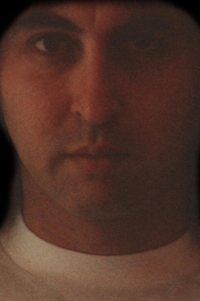 WTGR was the beginning of college radio for me.
WTGR was the beginning of college radio for me.
We were a ten watt radio station when I arrived
in 1969 to work with Richard Hiller, our engineer, faculty members Dr. David Yellin, Dr. Marvin Bensman,
and others long before Dr. Richard Ranta arrived to supervise what would become a jazz station. I
was still a senior in high school when I arrived.
You had to park your car under the window
of the radio station to hear the show back then. If you lived on the campus, then we used a transmission
principle known as "carrier current," a method of low power AM radio transmission that uses
AC electrical wiring to propagate an AM signal to a small area such as a college dormitory. You could
plug your table top radio into any wall receptacle on the campus and hear the station clearly.
It all changed when our station license was approved by the Federal Communications
Commission which included an effective radiating power increase.
We were an all-album station in 1969 which
meant that you could play an album in its entirety rather than just a selected cut here and there
from the vinyl.
The broadcast equipment was quite primitive by today's standards and consisted of
early analog equipment, circuits and devices having an output proportional to its
input as opposed to the digital technology we have today which, simply put, is a circuit or
device representing magnitudes in digits. The fundamental difference between the analog and today's
digital signal is that an analog signal is represented by sine waves, a wave whose waveform resembles
a sine curve, or the ratio of the opposite side to the hypotenuse of a right-angled triangle, whereas,
the digital signal is represented by a square wave which we all know to be a plane rectangle with
four equal sides and four right angles. In digital technology, the analog wave is sampled at
some interval, and then turned into numbers that are stored in the digital device.
On a CD, the sampling rate is 44,000 samples per second. On a CD, there are 44,000 numbers stored
per second of music. This is what we hear today, and even better than ever.
Students received
academic credit for participating. Not so today. I hope that will change for our scholars.
What type of jazz do you play on your WUMR show? Whats your
favorite music genre?
I play music from the period between bebop and the 1960s' and focus on music that
blends jazz elements with other musical styles, such as funk, soul, electronic dance
music, and free improvisation. Bebop is a favorite with it's fast tempo, instrumental virtuosity,
improvisation and interesting harmonic structure that focuses on the melody.
Jazz fusion is popular
and combines elements of jazz and rock with it's electronic instruments and long, creative solos.
Latin jazz is always in the mix and draws heavily on salsa and merengue influences with its heavy
use of percussion, congas, timbales, bongos, and more. The big bands of the 40's and swing are a hit.
There's so much in the jazz spectrum that I love, but when it comes to my favorite
musical style its stride piano.
Stride is nearly a lost art form and very difficult to
master. The greatest of the stride pianists played in a wide range of highly rhythmic tempos with
great emphasis on improvisation. Stride is fantastic!
What other stations have you worked at?
I assisted with the construction of WLYX,
Southwestern at Memphis, now Rhodes College, in 1971 along with station manager George McClintock
and Mrs. Betty Ruffin from CBC. WLYX was destroyed by a construction accident in 1991. I was the last
person on the air the day it occurred. An earth mover plowing the field near the transmitter shack
ran over the transmission line and destroyed the transmitter.
CBC and WREC
radio, 600AM, donated much of the equipment to Southwestern. As Christian Brothers is focused on engineering,
there were plenty of enthusiastic electrical engineering students and amateur radio operators ready
to lend a hand and equipment.
Christian Brothers College, now Christian Brothers University, operated
WCBC at that time on the AM bands. I filled in during the weekends in addition to my other air
shift responsibilities. WCBC's antenna was a satellite tower for the Military Affiliate
Radio Station known as MARS, passing "good and welfare" traffic to combat soldiers
in Viet Nam and elsewhere. I had my amateur radio license at that time, as I still do, and I'm
licensed to pass traffic with MARS.
I was employed by WKNO-FM from January 1972 until January 1974
at which time I volunteered to work in Israel and the middle east for a year with other students.
WKNO's now retired chief engineer, Pat Lane, is one of my oldest pals.
I assisted with
the construction of WEVL with engineers Jim Maxwell and Doug Hirsch in 1976, its first year of operation.
WEVL was located in an old house on Court Avenue at the time. WEVL's present location is in an old
building in the 500 block of South Main Street that once belonged to my relatives.
I
served Rock 103 from 2002 until 2004. I was part of the Wake Up Crew with Tim Spencer, Bev Hart and
the late, great John "Bad Dog" McCormack. I had been a frequent guest on their program for
several years prior to being invited to become a regular part of the show. In addition to the great
fun of working there, we had a serious mission. The Wake Up Crew raised millions of dollars for local
charities. The most important aspect of radio is its power to do that which is good for our city,
our neighbors and the well-being of all. That was our mission.
What musical instrument do you play?
I'm a pianist.
As musician
and composer, two of my songs, "In Memphis" and "One Last Bridge", were adopted
by the Memphis City Council as "Official Songs of Memphis" in 1990 and 1991.
My music manuscripts
and works for piano "Impressions of Memphis" are in the Library of Congress.
Are you still working in real estate and addressing fair housing and predatory
lending?
I retired my broker's license in 2015.
I served the Fair Housing Committee for
the Memphis Area Association of Realtors.
I dedicated two decades of my life to researching real estate fraud, predatory
lending and fair housing.
I researched and reported on real estate fraud
for several years for the real estate community.
Discuss
a little about your stamp collecting and how you came to be honored with the first officially
cancelled Elvis Presley first-day cover.
I began collecting stamps when I was five years old. My grandfather
had lived in Pretoria, Johannesburg and Durban, South Africa. When he arrived in Memphis, in the very
early twentieth century, he still had relatives in South Africa that corresponded with him.
I was fascinated by the flora and fauna, the ships and landscape on the stamps on
the envelopes. He removed the stamps from the envelopes and gave them to me to study. It was a way
for me to learn about the world as a child.
I'm chapter ambassador to the American Philatelic Society
for the Memphis Stamp Collectors Society. I've been a member of the American Philatelic Society for
three decades. I'm the philatelic crossword puzzle author for Linn's Stamp Weekly magazine and create
the philatelic-themed crosswords monthly.
As for the Elvis Presley first day of
issue cover, I was the first in line to have my envelope cancelled by Graceland. It was a magical
evening and the greatest event in the history of stamp collecting!
I have two letters
from Graceland recognizing the January 8, 1993 Elvis Presley stamp-adorned envelope as the "First
to be cancelled by Graceland."
The envelope is signed by dignitaries who attended the event
including Priscilla Presley.
The temperature on Graceland Plaza was around 30 to 35 degrees with light drizzle
from sundown on that day. No one cared about the bad weather. Something seemed to say that
Memphis was awaiting a grand arrival. Elvis couldn't have gotten a finer reception from his hometown.
While the bands were playing and the dignitaries were making their speeches and presentations, the
crowds grew. Nobody appeared to be impatient. This was a real family show that special evening and
the cast of characters was one of which everyone in attendance could have been proud of.
At every corner of Graceland Plaza, cables twisted and turned, microwave dishes towered
over the heads of the crowds, and nervous production crews checked their lists to make sure
that everything had consistency and coherence with clockwork precision. This would be the grandest
event of the year for Memphis and the grandest event for stamp collecting ever seen. To say that something
like the Elvis stamp event will never occur in my lifetime again would be safe.
Memphis
is my home and native soil. The music is the language of many in my Tennessee town. The river flows
through this town like a stream of notes from a guitar on Beale Street. Two bridges span the muddy
water like strings across the bridge of a piano. That's my Memphis. And on that day, January 7, 1993,
it was as though we were all waiting for Elvis to come home. The rich, the poor, black and white,
men, women and children, young and old alike, all came to Memphis that day for Elvis.
Through
the many busy hours we prepared for this homecoming not fully realizing the impact it would have on
the rest of the world, but at the same curiously wondering if we would ever do this again.
The countdown to the release of the stamp began on June 4, 1992 with the unveiling
of the Elvis stamp design chosen by his fans. The choice for the illustration had been made under
the leadership of United States Postmaster General Anthony Frank, who also signed the cover. Postmaster
General Frank's tireless efforts to honor Elvis should never be forgotten as Memphis remains grateful
to him.
Plans were also being made for Elvis' fifty eighth birthday celebration to coincide
with the release of the stamp. A gigantic cake with 58 candles on it had been created.
A cake big enough to feed hundreds of fans and stamp collectors! In the Graceland party room on the
south side of the plaza local bakeries were delivering truckloads of beautifully decorated birthday
cakes with confection designs of the Elvis stamp ready to be perforated by the chefs with their bakers'
knives.
Balloons were everywhere with streamers and other colorful decorations adorning the
ceilings and walls. The months of preparation and the hundreds of media hours were about
to pay off in a big way.
In the tent across the street from Graceland Mansion national media representatives
from every corner of North America readied the moment to pay homage to the King of
Rock and Roll.
In addition to our local friends, the English, the Irish, Scottish, the
Germans, Austrians, Norwegians, Russians, Australians, Canadians, Mexicans, Japanese, Israelis, Finns
and South Africans made the pilgrimage to Memphis with their stamp collectors to honor
the greatest rock and roller in history.
There was certainly enough cake to go around
and even some peanut butter and banana sandwiches, Elvis' favorite snack.
The celebration
went on well through the night and into the wee hours of January 8, 1993 even after all the dignitaries
had spoken and all the cake had been eaten.
The lines around the postal station had grown very long,
winding around Graceland Plaza all night. Faithful Elvis fans patiently waited for their stamps which
went on sale at exactly 12:15 A.M. on the early morning of January 8, 1993 at the command
of Graceland's executives.
I stood first in line and watched my first day cover
fly through the cancellation machine on command, when Governor Ned McWherter finished his address,
making my Elvis stamp the very first one to be canceled by the Graceland contract postal station.
One Elvis stamp had been removed from a full sheet of forty stamps about five minutes
prior to midnight. I was dazzled by the surrounding excitement and I recall the postal
clerk asking me if I was going to pay her. I fidgeted nervously for the twenty-nine-cent cost of
the stamp and pulled a quarter and a nickel out of my pocket and handed the change to the clerk. The
clerk took a penny from her cash drawer and gave it to me.
Adrenaline was flowing while we waited
for the order from Graceland executives Laura Ferguson and Shelly Evans standing next to the cancellation
machine. I handed Laura my envelope with stamp on it. She placed it on the machine's tray and at that
moment I realized my stamp would be the first one to be postmarked by Graceland. The fireworks
display stopped, and Shelly gave the order for Laura to postmark my stamp.
Graceland honored
me with two letters attesting the authenticity of the stamp.
On August 12, 2015, I obtained the first Elvis Forever stamp
at Graceland, as well.
Stamp collecting is the greatest hobby in the world.


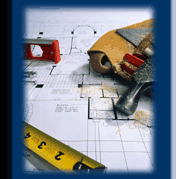


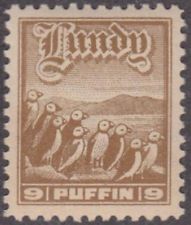

 What years did you attend the U of M?
What years did you attend the U of M? WTGR was the beginning of college radio for me.
WTGR was the beginning of college radio for me. 